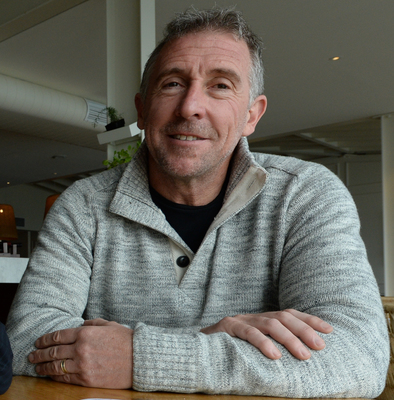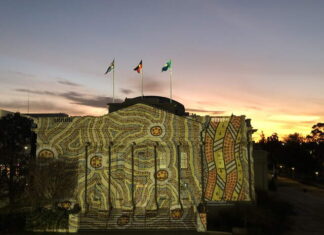
By VICTORIA STONE-MEADOWS
Ice is challenging alcohol as the scourge of Geelong nightclubs after a 13,000 per cent increase in methamphetamine offences over the past eight years, according to stakeholders.
Greater Geelong had .5 methamphetamine offences for every 100,000 residents in 2008 but the rate reached 65.7 per 100,000 in March this year, according to Victoria Police statistics.
The change had made drugs the focus of efforts to prevent nightclub violence 10 years after the introduction of a Geelong Liquor Accord to crack down on drunken assaults, stakeholders said.
Venue operators must take a tough stance on drugs in their clubs, said prominent Geelong hospitality figure Darren Holroyd.
“Ice has come and it’s not a coincidence that violence has since risen,” he said.
“We, as licensees, are weary of it and we have a zero tolerance in venues – people are ejected and police are notified.”
Geelong Liquor Licensing Sergeant Tim Bennett said accords between venue operators and other local stakeholders evolved as new problems emerged but ice was a particular concern for many groups.
“A very common theme spoken of at each of the accords is the issue around illicit drugs,” Sgt Bennett said.
“It’s a problem faced in all areas of the state and one that’s not an easy issue for police or licensed venues to deal with.”
Geelong alcohol violence researcher Professor Peter Miller said anti-violence strategies must now allow for both alcohol and illicit drugs.
“We often hear people say, ‘Don’t focus on alcohol, drugs are the real problem’, but drugs and alcohol are both important to consider when assessing the effectiveness of crime prevention and safety in a night-time economy.”
Prof Miller’s research indicated that methamphetamines produced two per cent of hospital attendances at “high-risk times” between 9pm and 3am Fridays and Saturdays but alcohol accounted for 30 per cent.
The figures reflected “larger societal trends and … society should be addressing those,” he said.
“Clubs are attempting to measure and reduce harm but it’s difficult to do – drug use is problematic to address.”
Mr Holroyd hoped technology would provide solutions, just as it had helped the accord combat alcohol-fuelled violence with ID scanners and CCTV.
“I think that the technology will be our best friend moving forward.“






